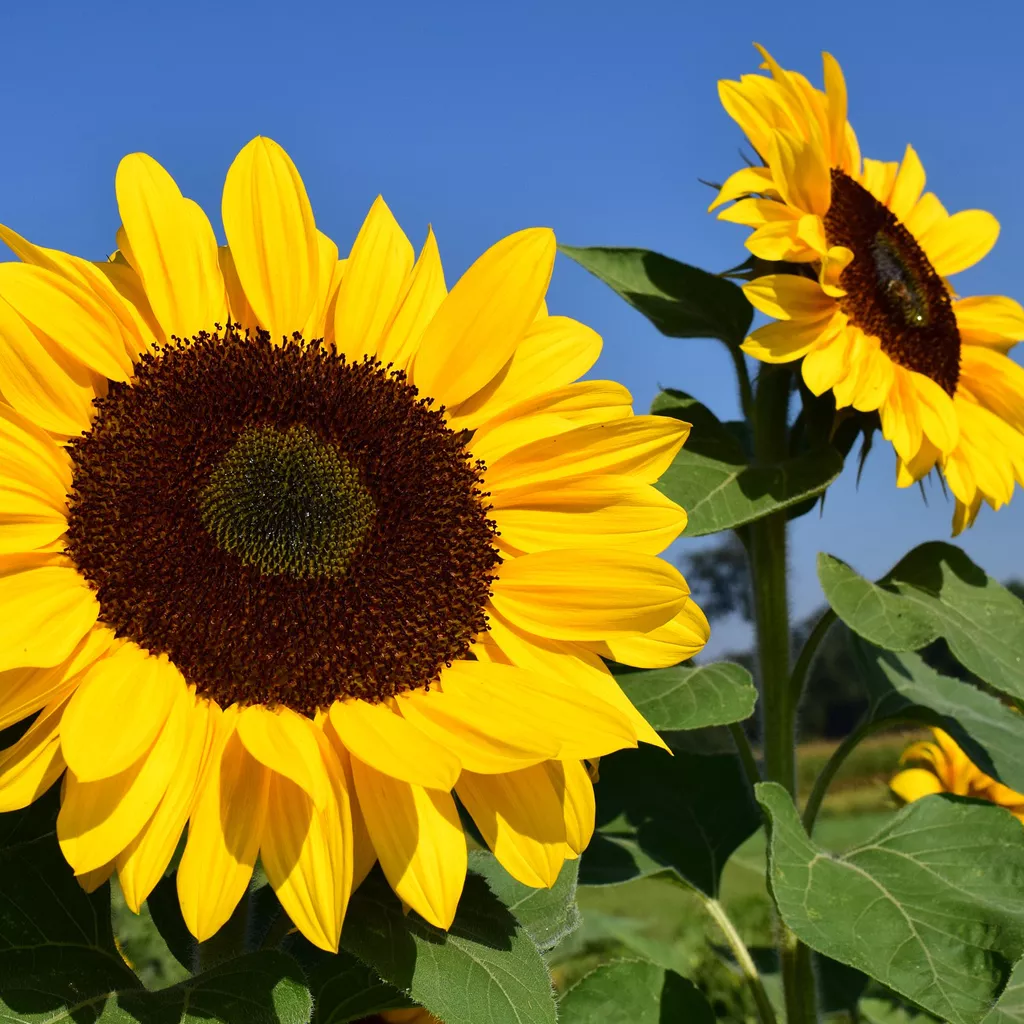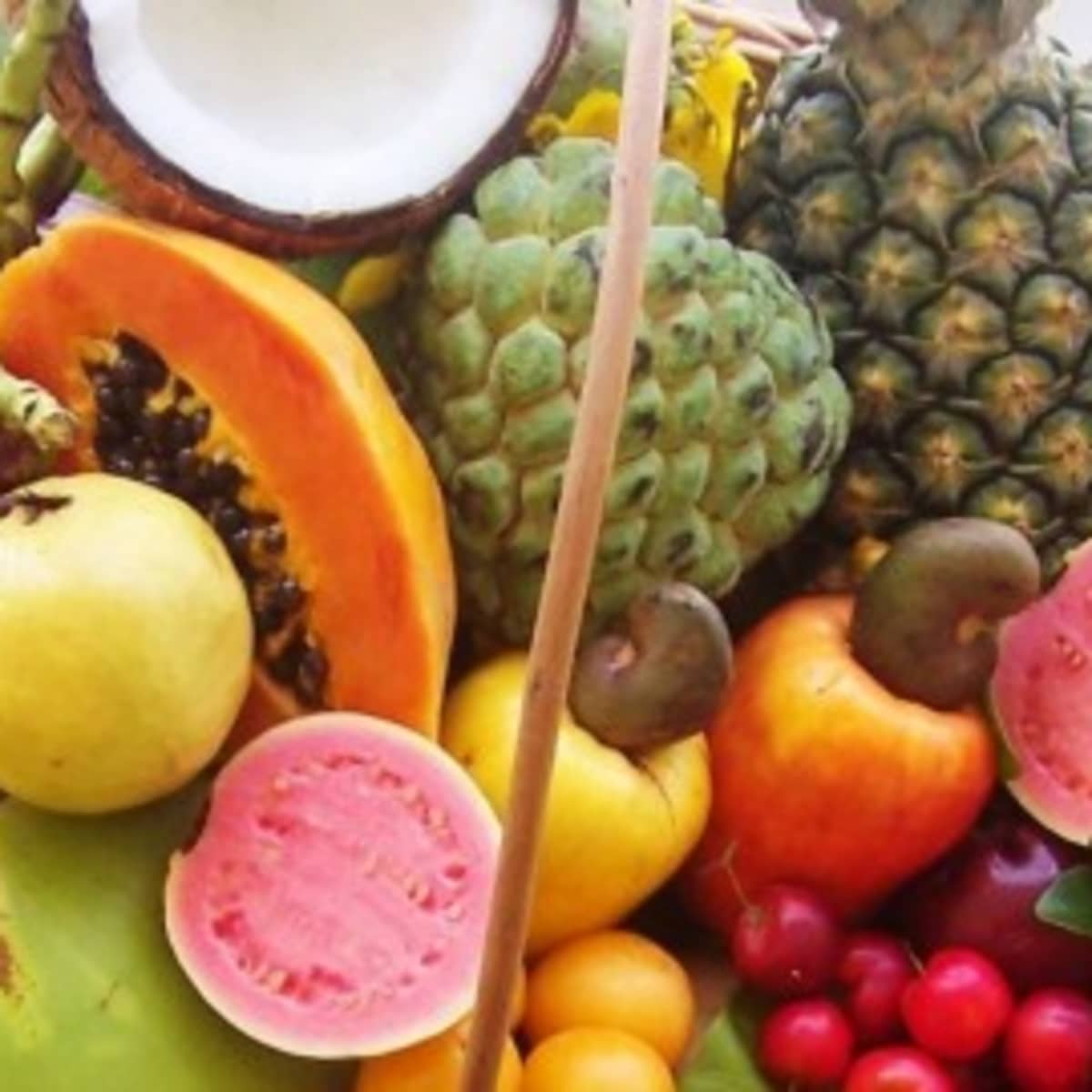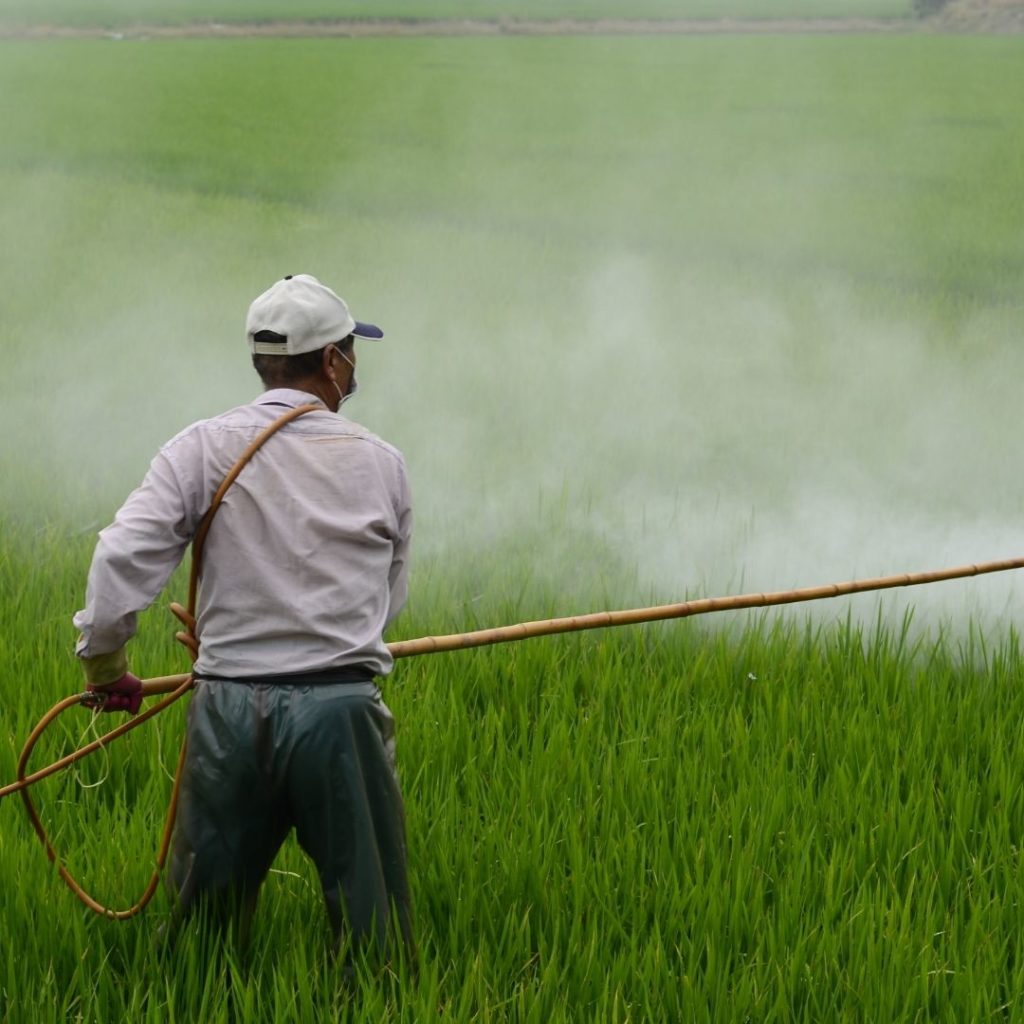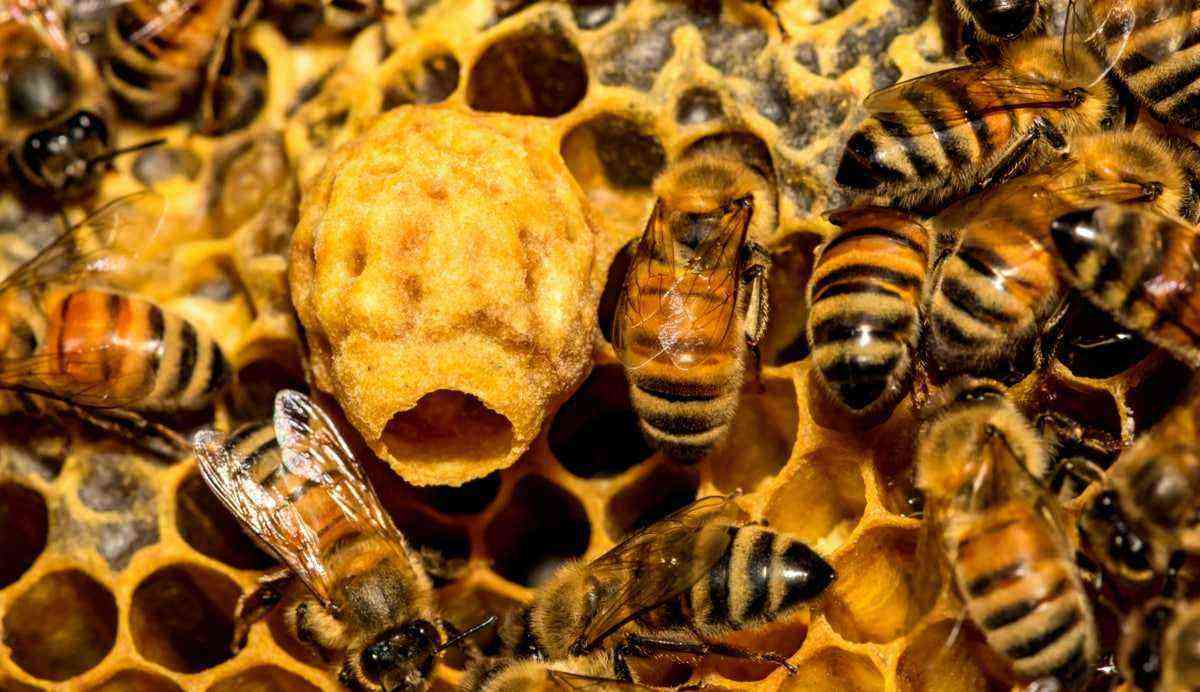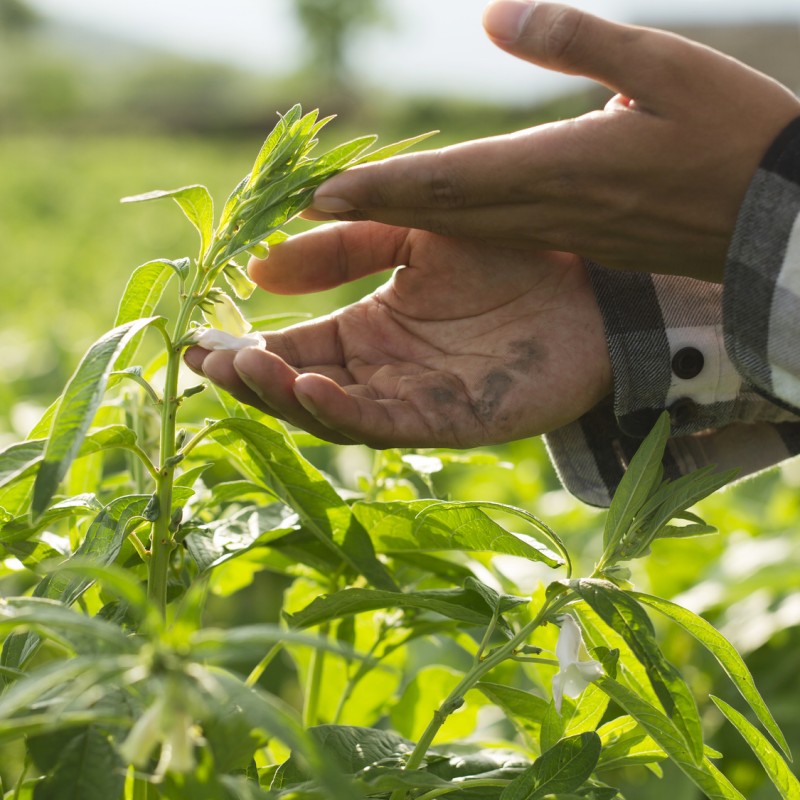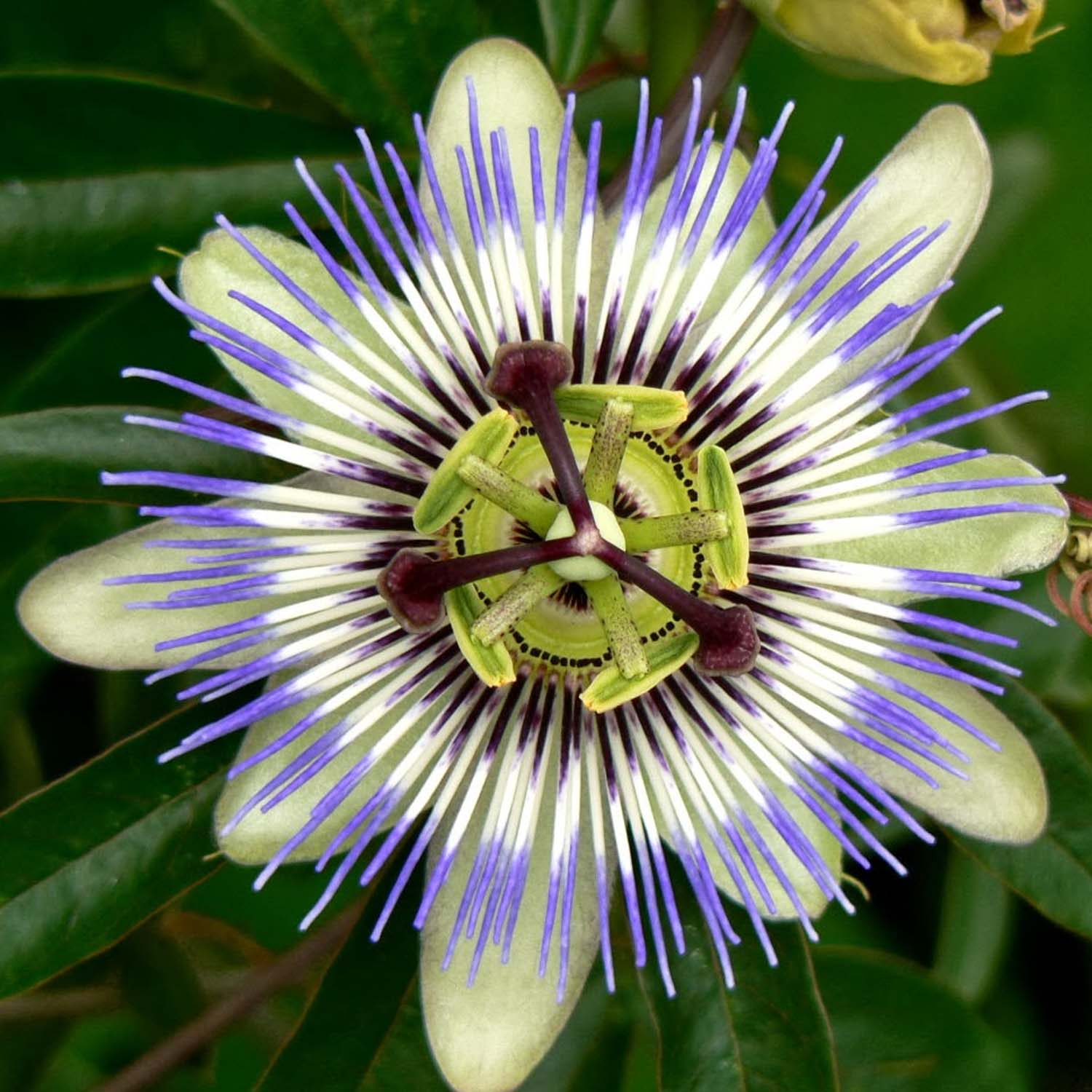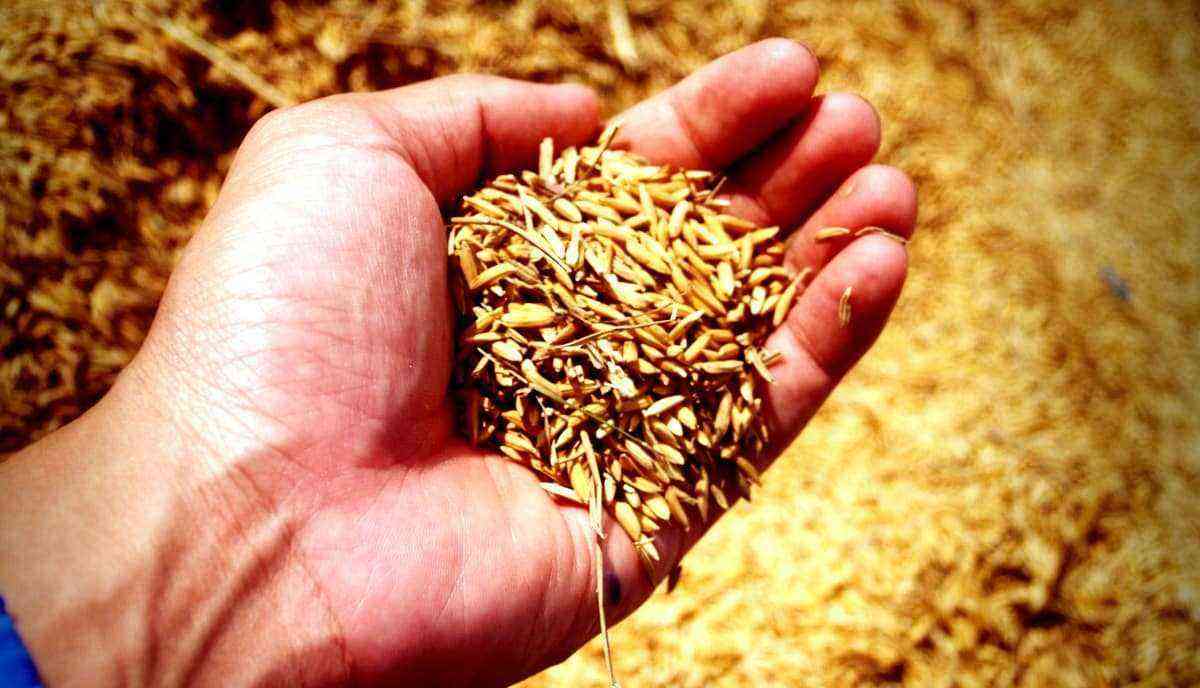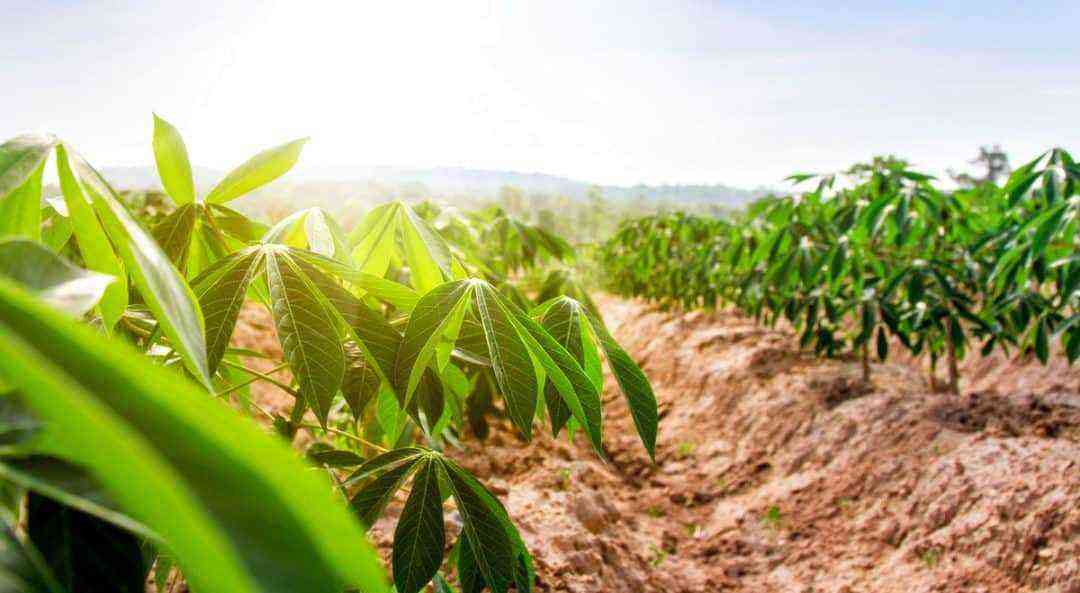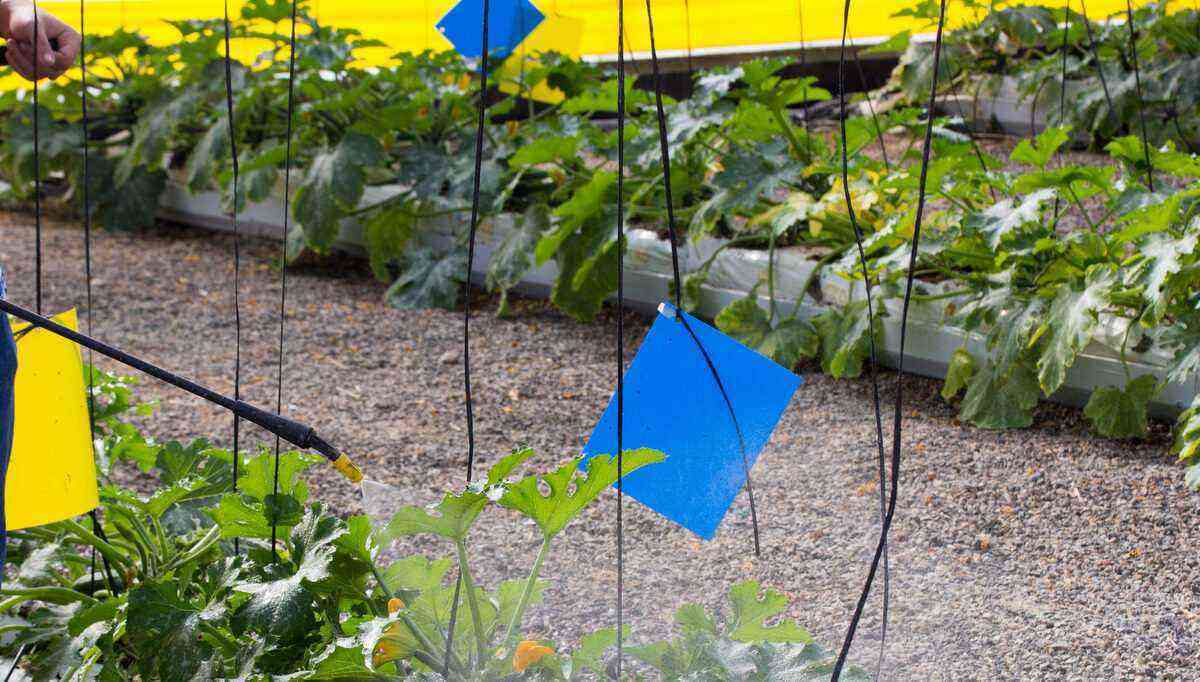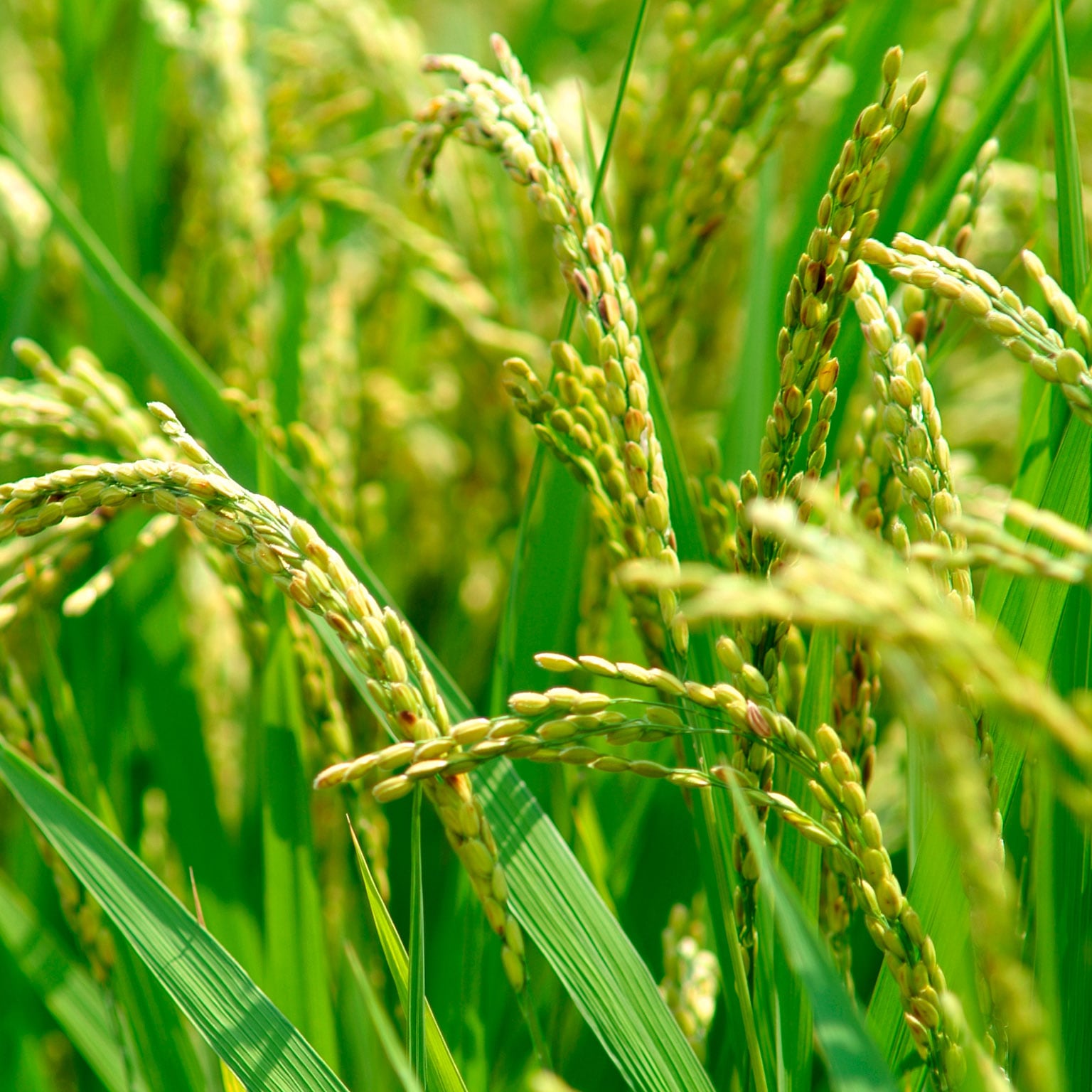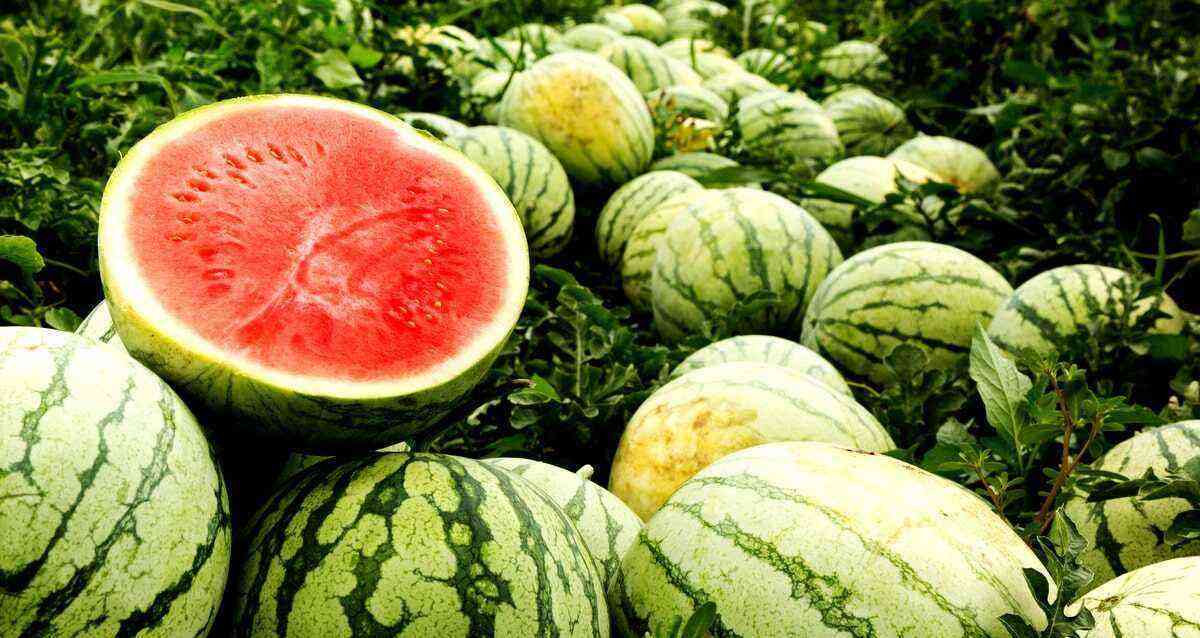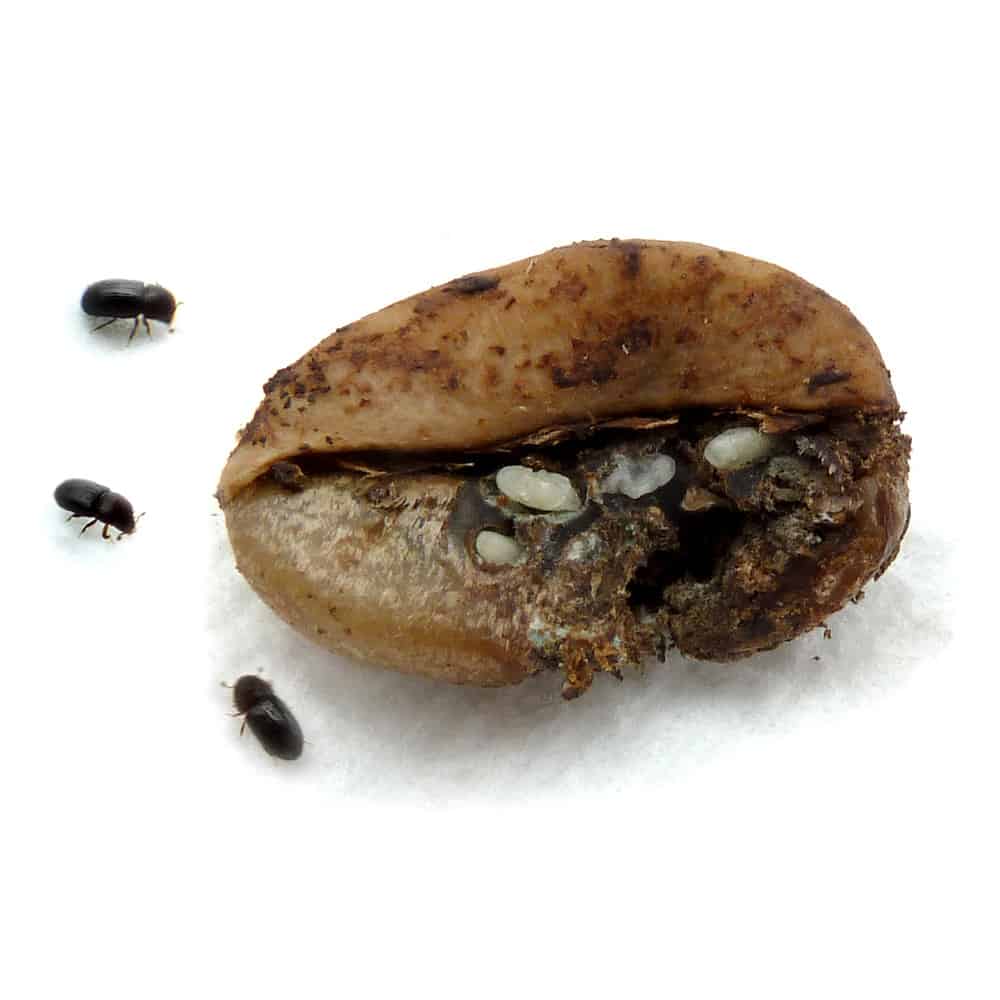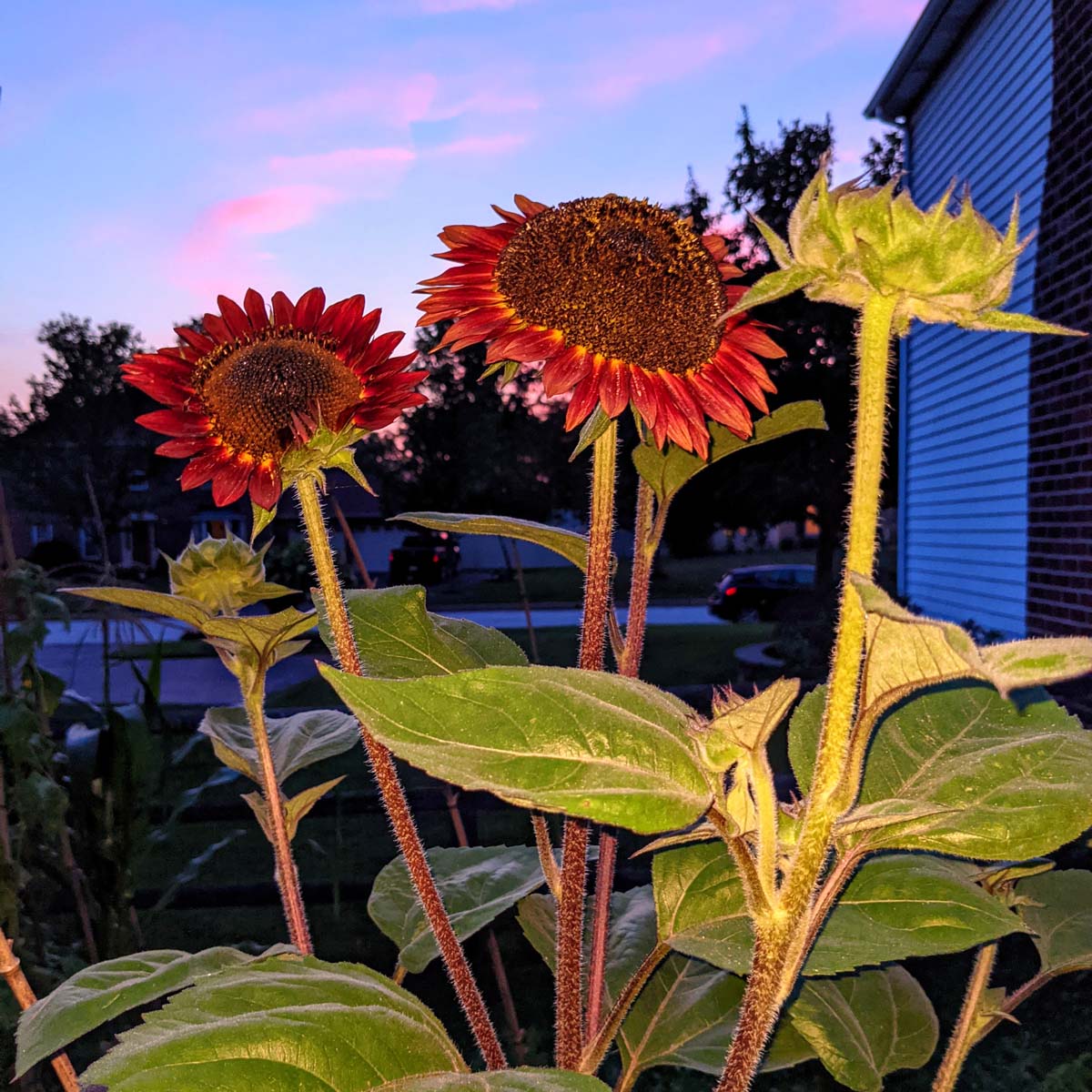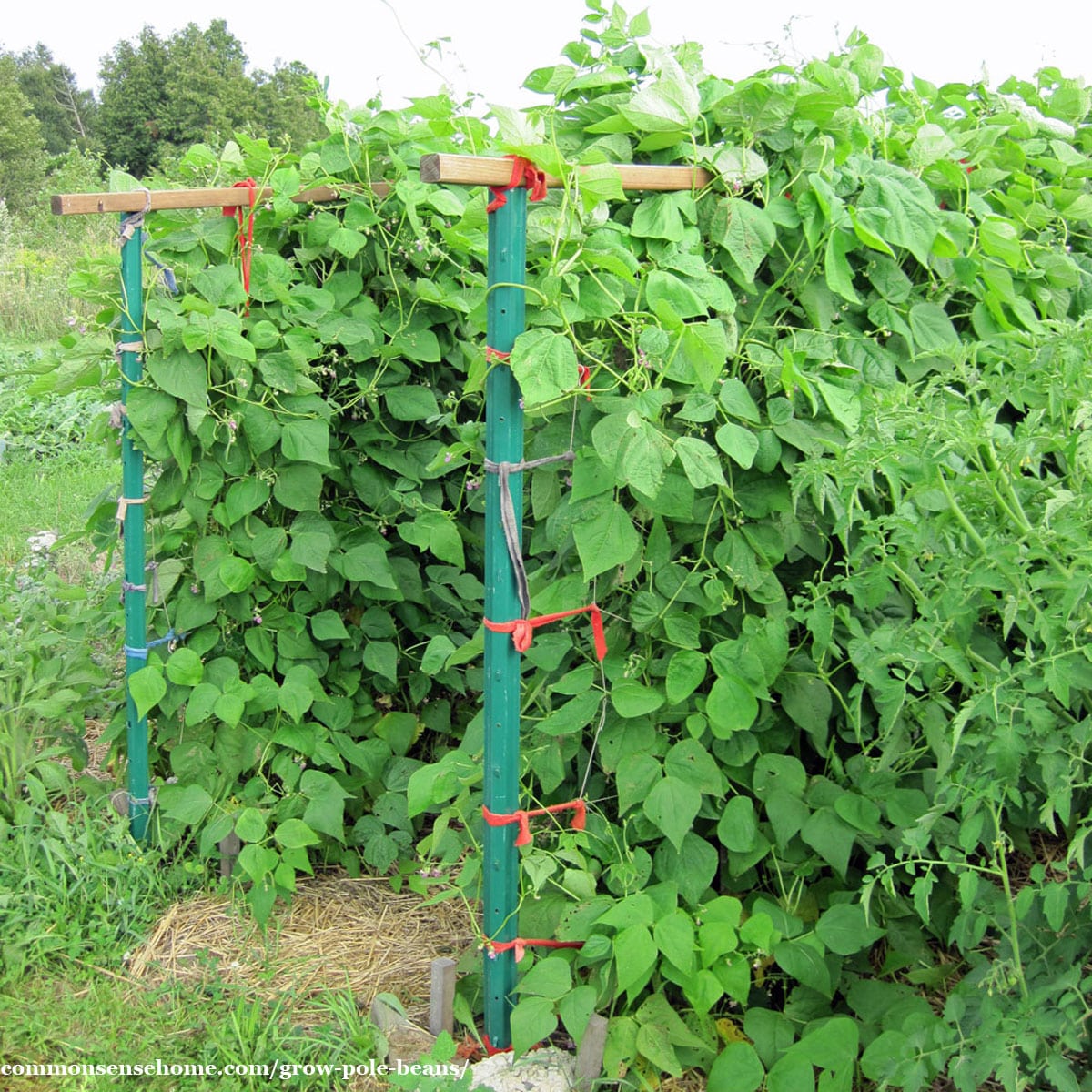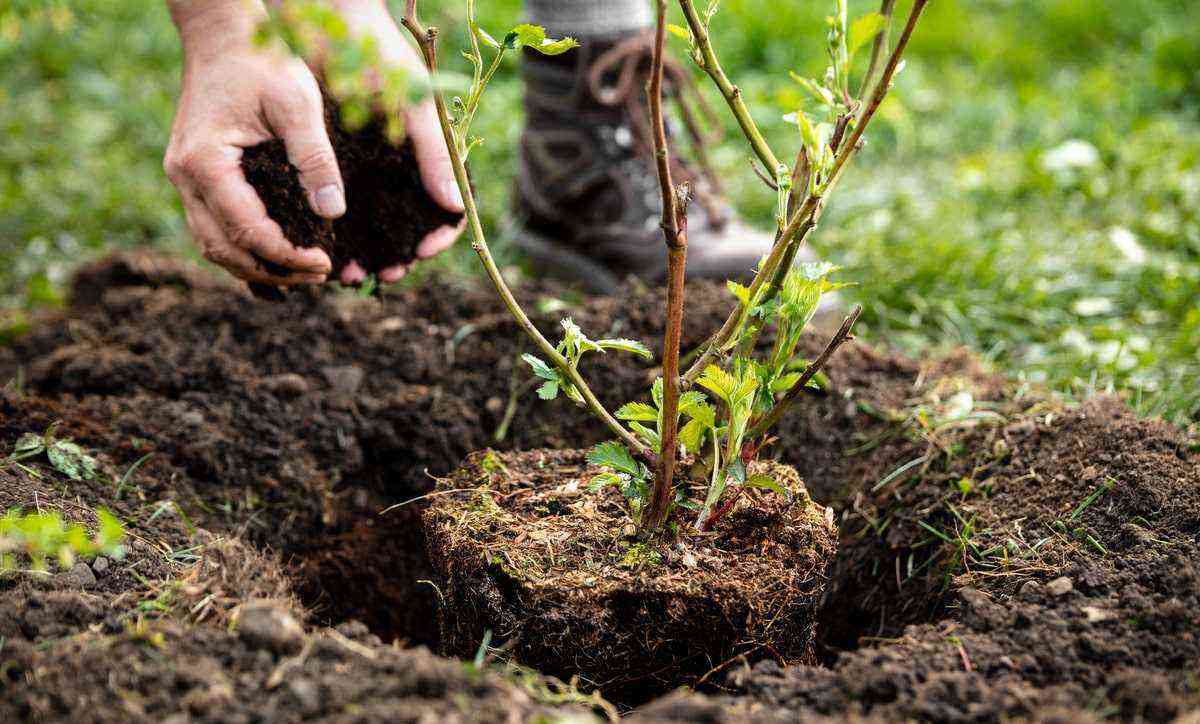Medicinal plants are those that have a pharmacological factor, that is, they have properties that aid in the healing and treatment of diseases. We will explain below how the use of herbs and plants has become stronger among peoples and how to cultivate these precious goods for our health.
If you already grow other plants, visit our website and see the best tools to enhance your work!
Although the practice has become popular in Brazil, and in the world, many people still confuse it with herbal treatments. The treatments carried out from medicinal plants, in fact, are made with the plant species itself. The most traditional forms are: infusion (teas and drinks, from the herb) and maceration (physically removing substances considered active principles).
Phytotherapy, despite coming from plants and vegetables, undergoes pharmacotechnical processes. All herbal medicines must have their efficacy and safety proven through tests and trials.
Meet the interesting history of herbal medicine and herbal medicines in the video below.
Source: Dr. Andreia Torres
Medicinal plants in Brazil
Despite being an ancient habit, which passes from culture to culture and, mainly, from generation to generation, the use of plants and their properties It is also approved by the Ministry of Health.

The habit of cultivating medicinal plants is ancient and passed from generation to generation.
In 2006, the National Policy on Medicinal Plants and Phytotherapeutics was created. The main objective of this measure was to guarantee the Brazilian people safe access and rational use of medicinal plants and herbal treatments.
Apart from that, the policy was also intended to promote the sustainable use of the country’s biodiversity (one of the largest in the world), to develop the production chain, in addition to the national industry.
Check out the main proposals of the National Policy on Medicinal Plants and Phytotherapeutics:
- Implement the use of medicinal plants, as well as treatments with plant components in the Unified Health System (SUS). Ensuring safety and effectiveness.
- Promote and recognize popular practices involving medicinal plants.
- Foster research and the improvement of technologies in all sectors of the production chain.
- Promote the sustainable use of biodiversity.
According to the Ministry of Health, medicines produced from medicinal plants are safe for human health, as long as they are used correctly. The products used in the SUS are previously tested to ensure confirmation of the effectiveness and risks for people.
The National Health Surveillance Agency is the body responsible for controlling these medications.
What are the benefits of treatment with medicinal plants?
Preserve culture: Medicinal plants, although already known, approved and recommended by Brazilian health institutions, rescue and preserve a part of our culture, from many years ago. Several cultures already used this technique long before it was adopted by hospitals and the health system.
Easy access: The second advantage of treatment using medicinal herbs is easy access. After all, certain plants can even be planted and grown indoors. Home cooking is a way to generate income and employment for many people.
Low cost: The facility reported above brings us to the third benefit: the cost. Traditional remedies are usually very expensive. Having the source of healing and treatment in your own home makes the process much cheaper.
What are the most common medicinal plants?
As we said, the use of plants to relieve symptoms and treat certain illnesses It’s a very old, millennial habit! However, we cannot fall into the error that all products from plant sources are good for health.
Each plant has a specific property and may not bring benefits when used incorrectly. There are even plants with high abortifacient power. In this way, it is necessary to seek a doctor or a specialist in the therapy in question and avoid self-medication.
See below for a list of the most common herbs and medicinal plants, their benefits and how to grow them.
Aranto
It has anti-inflammatory, analgesic and healing properties. Relieves flu symptoms (cough, allergies, rhinitis and headache) and helps in the treatment of stress and insomnia. Many believe that this plant helps fight cancer.
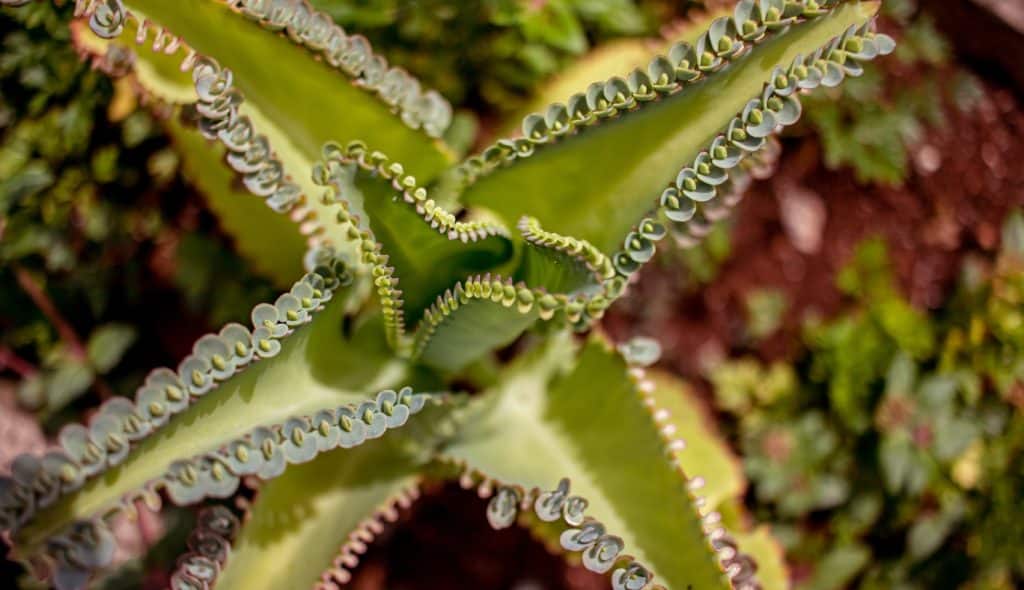
Kalanchoe daigremontiana
The aranto is part of the succulent family and its cultivation is one of the easiest. She is known as the mother of a thousand or mother of thousands due to the sprouting of seedlings on the edge of her leaves. These seedlings can be used for cultivation, or else plant a leaf as a cutting.
This plant grows well in any soil, however it is good to plant in a pot with good drainage with a sandy substrate containing topsoil and coarse sand in equal parts. Watering should be spaced and the plant is very fond of sun and light.
Arnica
It has anti-inflammatory and analgesic properties. Recommended use to treat bruises, edema and bruises.
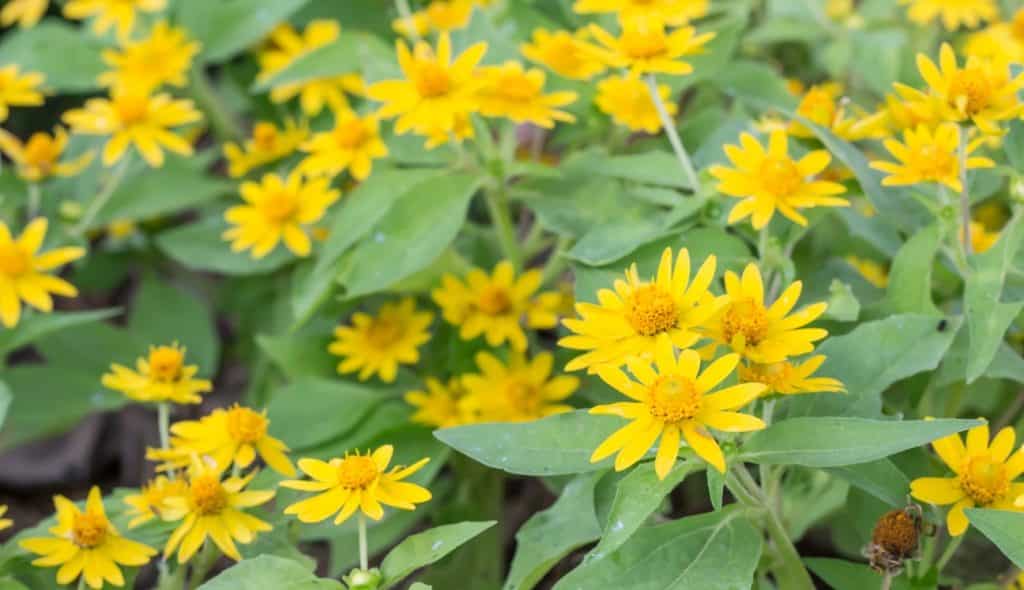
Arnica plant
To cultivate, prefer sandy soils and very well lit. Watering must be frequent. Harvesting is done at the beginning of flowering.
Arruda
Excellent for increasing the resistance of blood vessels. Also, it is a good treatment for varicose veins. However, it has abortifacient properties and can be highly toxic when not recommended.
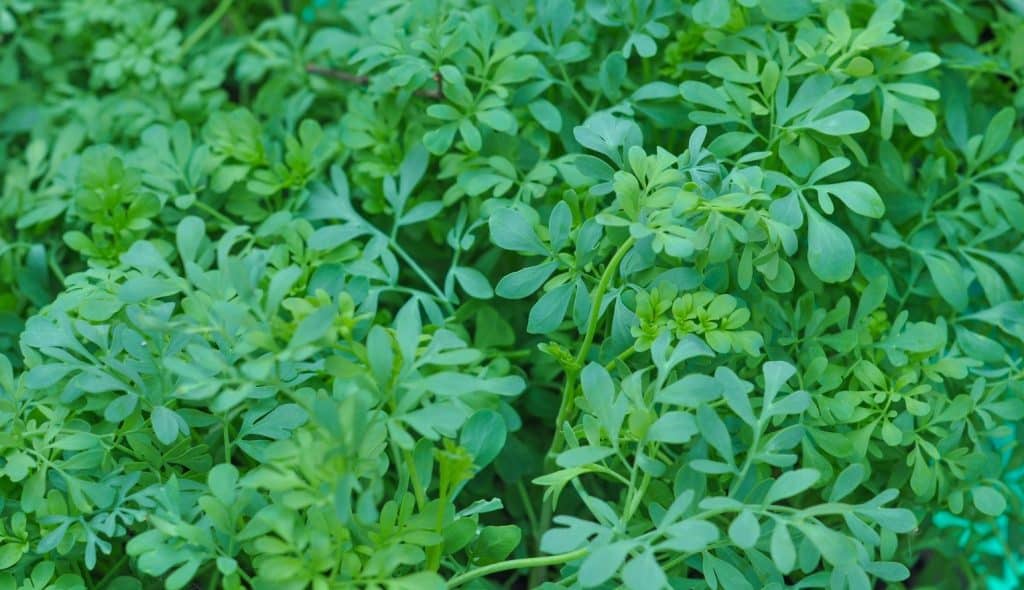
Arruda plant (Ruta graveolens)
Rue adapts well to many types of soils. Other than that, leave the plant in a sunny environment for a few hours.
Aloe
Traditionally used for skin and hair aesthetics. Allied in cases of sunburn or fire.
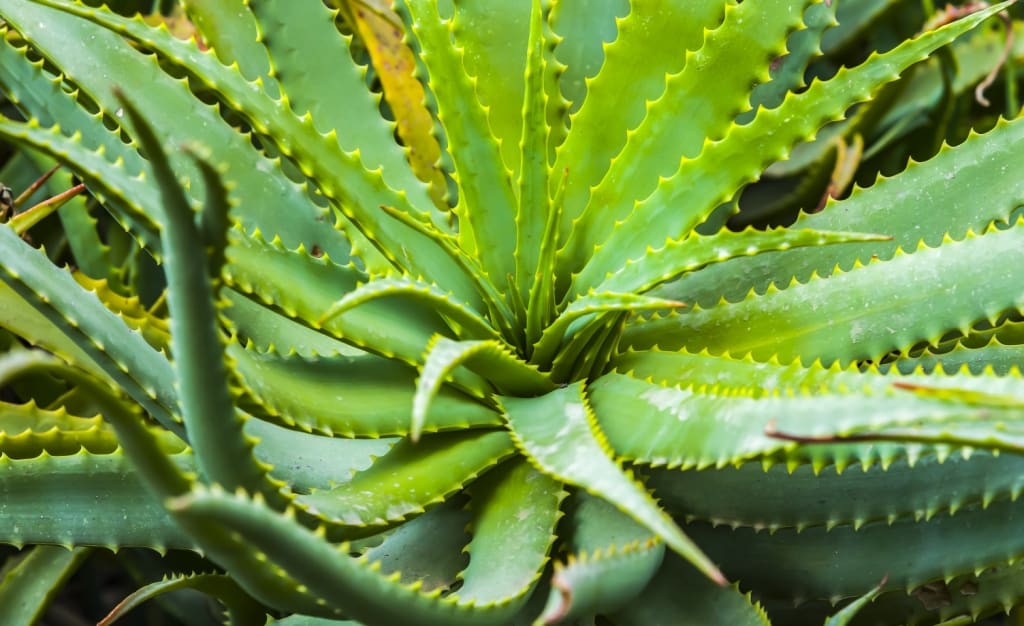
Slimy plant (Aloe vera)
Aloe vera adapts better to warmer climates and does not like frequent watering. It can easily be grown at home.
Boldo
Boldo tea, the most common form of treatment with the plant, is an excellent option for those who have digestive problems. However, in cases of exaggeration and frequent ingestion, it can cause gastric irritation and future problems in the digestive tract.
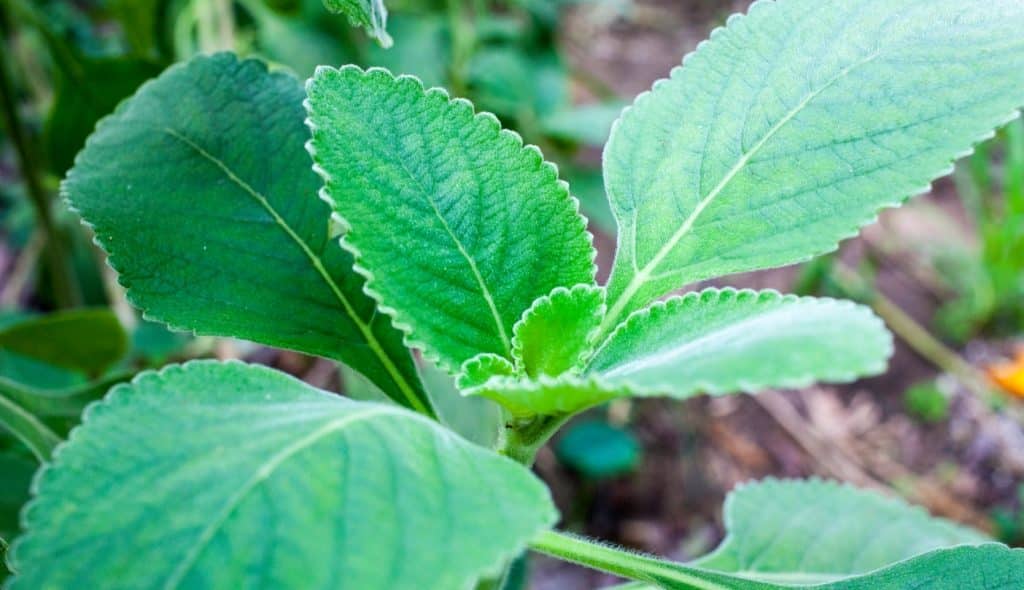
Boldo plant (Peumus boldus)
Boldo can be grown in beds and pots. The plant usually blooms throughout the year and adapts well to frequent watering.
Lemon grass
Lemongrass, like boldo, is often used in teas to treat digestive and intestinal problems. In addition, the plant also has soothing properties.
 Lemongrass plant (Cymbopogon citratus)
Lemongrass plant (Cymbopogon citratus)
The cultivation of lemongrass can be carried out throughout the year, in cool soils and away from high humidity. It does not adapt to very cold weather.
Lemongrass
Perhaps this is one of the most used medicinal plants. This is due to its extensive list of properties: antibacterial action, it relieves symptoms of respiratory diseases (asthma, bronchitis), as well as soothing sore throats and headaches, for example.
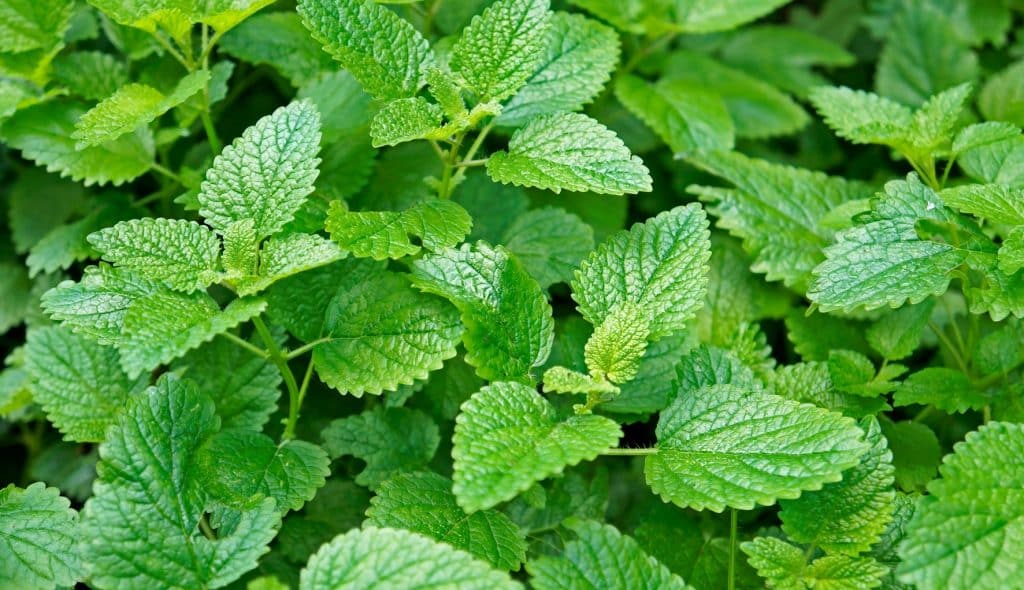
Lemon balm plant (Melissa officinalis)
Growing lemon balm is simple. The herb can be planted in vegetable gardens and pots, as well as boldo. It is more common in the southern region of Brazil.
Guaco
Another medicinal plant with properties capable of treating diseases such as flu, asthma, bronchitis, among other respiratory problems. It has bronchodilator and expectorant action.
.
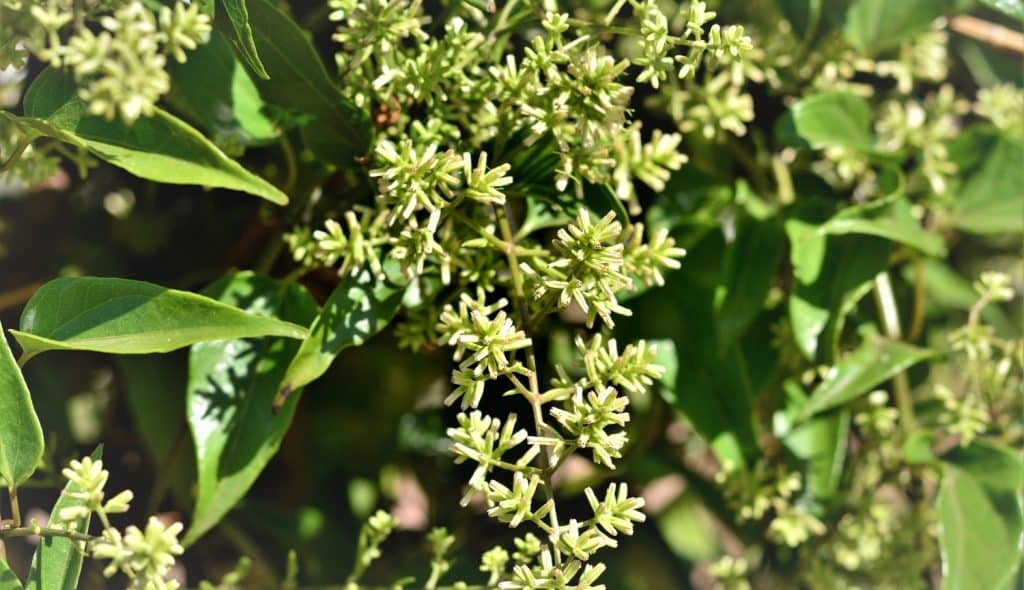
Planta Guaco (Mikania glomerata)
Very easy plant to grow. After all, it adapts to different soils, but prefers more humid ones. In addition, lighting increases by or half shade
Lavender
This is one of the most famous herbs (it is even widely used in the beauty industry). It has relaxing and calming properties. In addition, it can also help relieve symptoms of intestinal diseases. Lavender is also widely seen in the production of essential oils.

Lavender Plant
Its cultivation is easy, but demands attention. Lavender likes and needs plenty of sun and light. Be careful not to make the soil too wet, so your roots don’t rot.
Ora-pro-nóbis
Widely used as a medicine, but also food for having a large amount of fiber, in addition to vitamins A, B, C, iron, calcium, copper, magnesium, manganese and potassium. It also promotes satiety and is rich in essential proteins, being used to combat malnutrition.
It has antioxidant properties, reduces cholesterol levels, treats gastrointestinal diseases, protects the skin, improves vision, strengthens the immune system and helps prevent certain types of cancer.
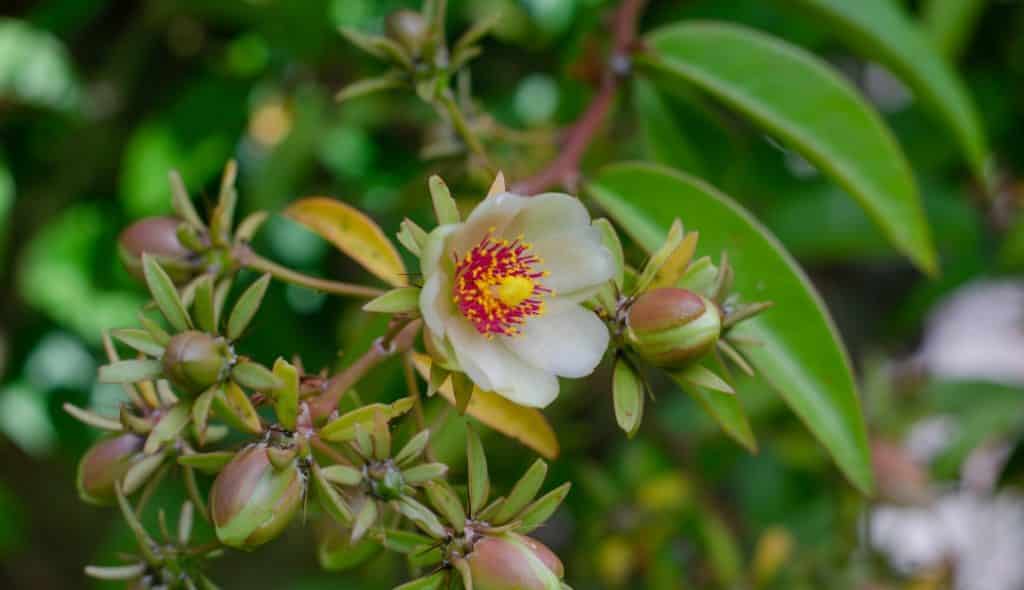
Golden-pro-nobis plant (Pereskia aculeata)
The ora-pro-nóbis is planted by cuttings in soil with organic matter and, after rooting, it is transplanted to the final location. In rainy times, it can be planted directly in the definitive location.
Its cultivation is simple and maintenance should be carried out every two months, with pruning every 3 months in rainy periods and irrigation in dry periods.
If you liked the subject and want to know more about cultivation and agriculture, visit our digital magazine and see other articles!
